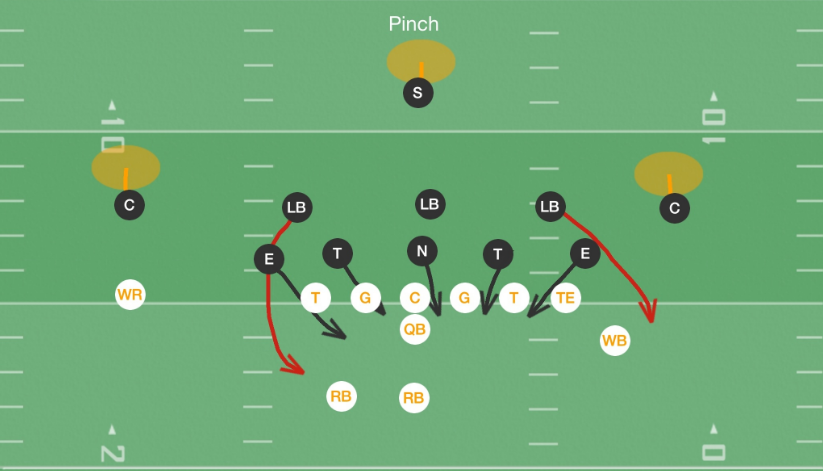In a running play, defensive tackles are responsible for preventing the running back going upfield. For a passing play they must push the guards and the centers back as far as possible. This is to enable the quarterback to step into the ‘pocket’, a space cleared by the guards and the center that affords the quarterback time to pick his pass.
A tackle’s job is all about gaps. Each tackle has to understand how many gaps he has to cover before each play. It may just be the one gap, i.e. making sure the running back doesn’t get upfield. Sometimes he may have to execute a two-gap defense, so that may involve pushing a lineman backwards into the running back’s lane to make sure he can’t come through.
One-gap schemes normally have smaller and more athletic tackles, while two-gap schemes generally need a bigger frame. Tactically it’s important to consider the quality of the linebackers here because a one-gap scheme will leave three other gaps that need protecting.
Although athleticism from a defensive tackle is one way of stopping the run, doing completely the opposite may actually be better for stopping the run too. So if you fill the defensive line with strength and toughness rather than athleticism, it might create a crowded centerfield which could enable your linebackers to have a better chance of making a big play and stopping the runner.
Own that line of scrimmage with this durable youth football uniform.

